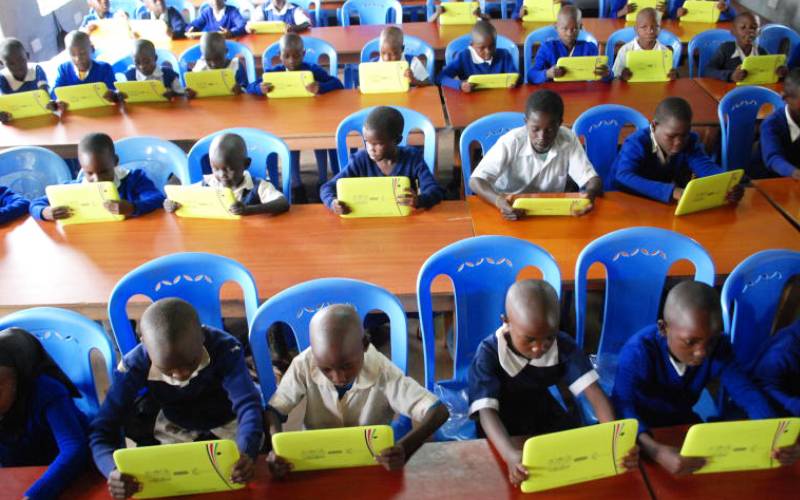×
The Standard e-Paper
Read Offline Anywhere

Primary schools are yet to account for some five million pupils who cost the Government Sh7 billion annually. [Standard]
Primary schools are yet to account for some five million pupils who cost the Government Sh7 billion annually.